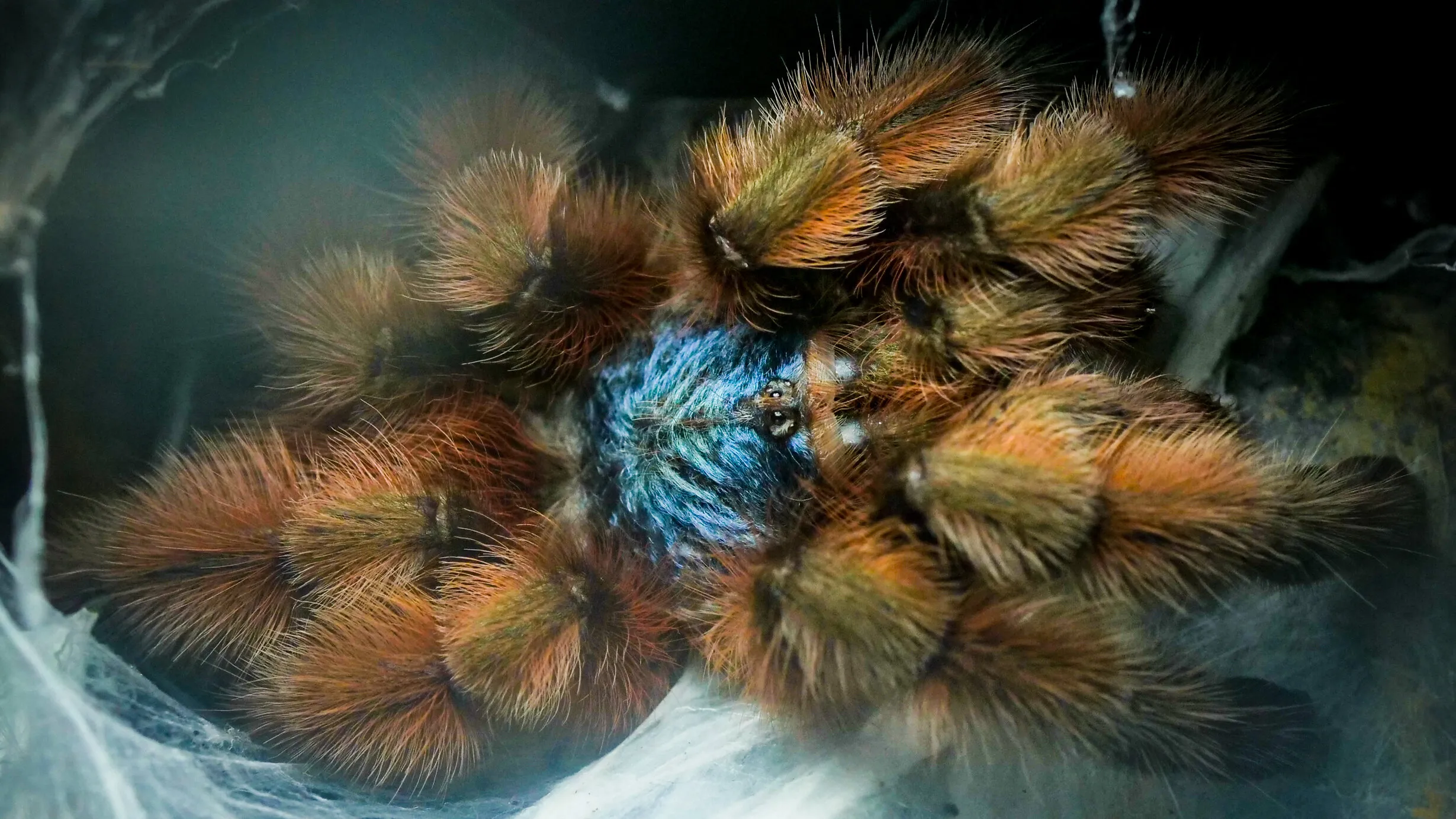Vittata Tarantula Care Sheet Top 5 Tips!
The Vittata Tarantula, a captivating species, is becoming increasingly popular among tarantula enthusiasts. Their striking appearance and relatively docile nature make them appealing pets. However, successful care requires understanding their specific needs. This comprehensive care sheet provides you with the essential information to ensure your Vittata Tarantula thrives. From housing and feeding to handling and health, we’ll cover everything you need to know to provide a comfortable and enriching environment for your eight-legged friend. Following these guidelines will help you enjoy a rewarding experience as a tarantula keeper. Careful planning and consistent care are key. Let’s dive into the essential aspects of Vittata Tarantula care.
Selecting Your Vittata Tarantula
Choosing a healthy Vittata Tarantula is the first crucial step. Opt for a reputable breeder or pet store that prioritizes the well-being of their animals. Observe the tarantula’s behavior – it should be active and alert, not lethargic or showing signs of distress. Check for any visible signs of injury or parasites. A healthy tarantula will have a plump abdomen, not a shriveled one. Ensure the tarantula is eating regularly. Ask about the tarantula’s history, including its age, molting schedule, and feeding habits. A good breeder will be happy to provide this information. Before bringing your new pet home, prepare its enclosure to minimize stress during the transition. This preparation is important to ensure your tarantula has the best start possible. Always quarantine a new tarantula to observe it.
Healthy Vittata Tarantulas
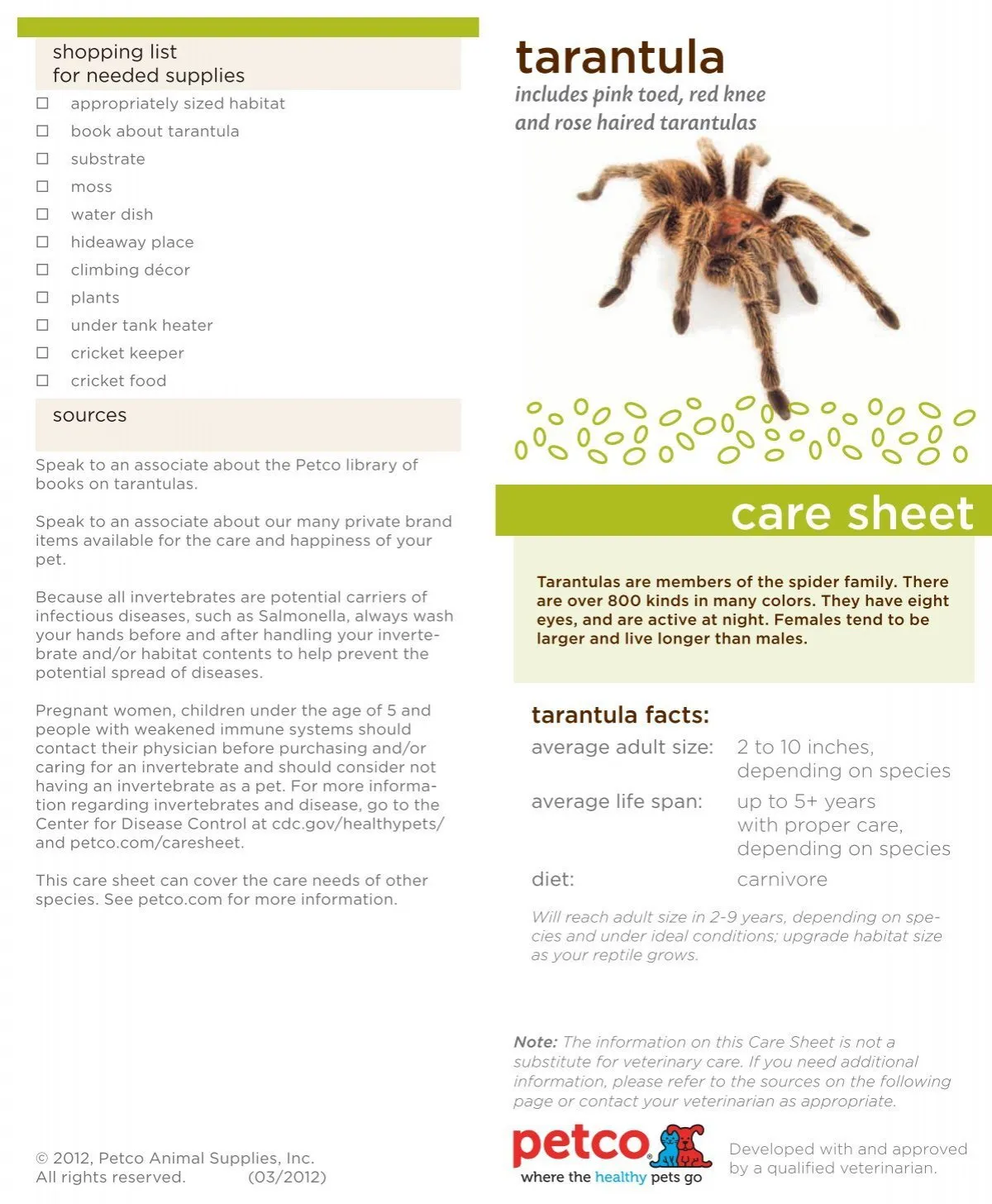
Identifying a healthy Vittata Tarantula goes beyond its initial appearance. Look for a tarantula that exhibits a good appetite and readily consumes its prey. A healthy tarantula will also have a clean and shiny carapace, the top shell of its body. The abdomen should be proportionate to the cephalothorax, not excessively large or small. Observe the tarantula’s movement, making sure it walks and climbs with ease. Avoid tarantulas that appear weak, uncoordinated, or have difficulty moving. Regular observation of your tarantula is essential for early detection of any health issues. Maintaining optimal environmental conditions, proper nutrition, and a stress-free environment will greatly contribute to your tarantula’s overall health and longevity. These are all important elements to keep your tarantula happy and healthy.
Housing Your Vittata Tarantula
Providing the right housing is critical for the Vittata Tarantula’s well-being. A secure and appropriately sized enclosure is essential. Consider the tarantula’s size and growth stage when choosing an enclosure. The enclosure should be made of clear material, such as glass or acrylic, to allow for easy observation. Ventilation is key. Ensure there are adequate air vents to prevent the buildup of humidity and mold, but avoid drafts. The enclosure should also have a secure lid to prevent escapes. Avoid enclosures with sticky surfaces or materials that could harm the tarantula. A well-designed enclosure not only provides a safe and comfortable home but also enhances the aesthetic appeal of your pet’s habitat. Setting up the right enclosure is crucial.
Enclosure Size and Setup
The enclosure size should be appropriate for the tarantula’s size. As a general rule, the enclosure should be at least three times the tarantula’s leg span in width and length. For slings (young tarantulas), a smaller enclosure is preferable to reduce stress and make feeding easier. The height of the enclosure should be sufficient to accommodate substrate, a water dish, and any decorations without allowing the tarantula to climb and fall. A proper enclosure setup will include a substrate layer, a water dish, and appropriate hiding places. Provide a shallow water dish with clean water at all times. Decorate the enclosure with natural elements, such as cork bark, artificial plants, or sturdy branches, to provide hiding spots and enrich the environment. Make sure the decorations are safe and won’t injure your pet.
Substrate Selection
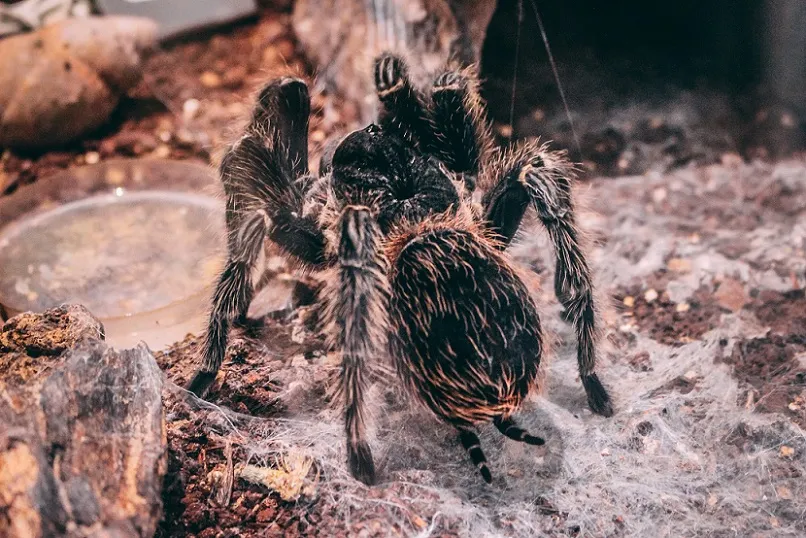
The substrate, or bedding, is a vital component of the Vittata Tarantula’s enclosure. It provides a comfortable surface for the tarantula to walk on, burrow in (if the species is inclined to do so), and helps to maintain the appropriate humidity levels. Choose a substrate that is safe, non-toxic, and retains moisture well. Popular substrate choices include coconut fiber (coco coir), peat moss, or a mixture of both. Avoid substrates that contain harmful chemicals or pesticides. The substrate depth should be adequate to allow for burrowing, typically 2-4 inches. Ensure the substrate is clean and free of mold or mites. Regularly check and replace the substrate as needed to maintain a healthy and hygienic environment. Proper substrate is important for a happy and healthy tarantula.
Temperature and Humidity
Maintaining the correct temperature and humidity levels is crucial for the Vittata Tarantula’s health and well-being. Vittata Tarantulas thrive in temperatures between 75-85°F (24-29°C). Use a thermometer to monitor the temperature inside the enclosure. Avoid placing the enclosure in direct sunlight or near heat sources, which can cause the temperature to fluctuate. Humidity levels should be kept between 60-70%. Use a hygrometer to monitor humidity levels. You can increase humidity by misting the enclosure with dechlorinated water, especially during molting. Ensure proper ventilation to prevent the buildup of excessive humidity, which can lead to mold and other health problems. Monitor and adjust the temperature and humidity as needed to ensure optimal conditions for your tarantula. These controls are vital for a great living situation.
Feeding Your Vittata Tarantula
Feeding your Vittata Tarantula properly is fundamental to its health and growth. Tarantulas are carnivorous and primarily feed on insects. The size and type of insects you offer will depend on the size of your tarantula. Crickets, mealworms, dubia roaches, and other readily available insects are all suitable food sources. It’s important to provide a varied diet to ensure your tarantula receives all the necessary nutrients. Avoid feeding insects collected from outside, as they may carry pesticides or parasites. Remove any uneaten prey within 24 hours to prevent stress on the tarantula. Feed your tarantula in the evening or at night, as they are nocturnal hunters. Observe your tarantula’s feeding habits to gauge its appetite and adjust the feeding schedule accordingly. This is all important to learn about the needs of your tarantula.
Choosing the Right Food
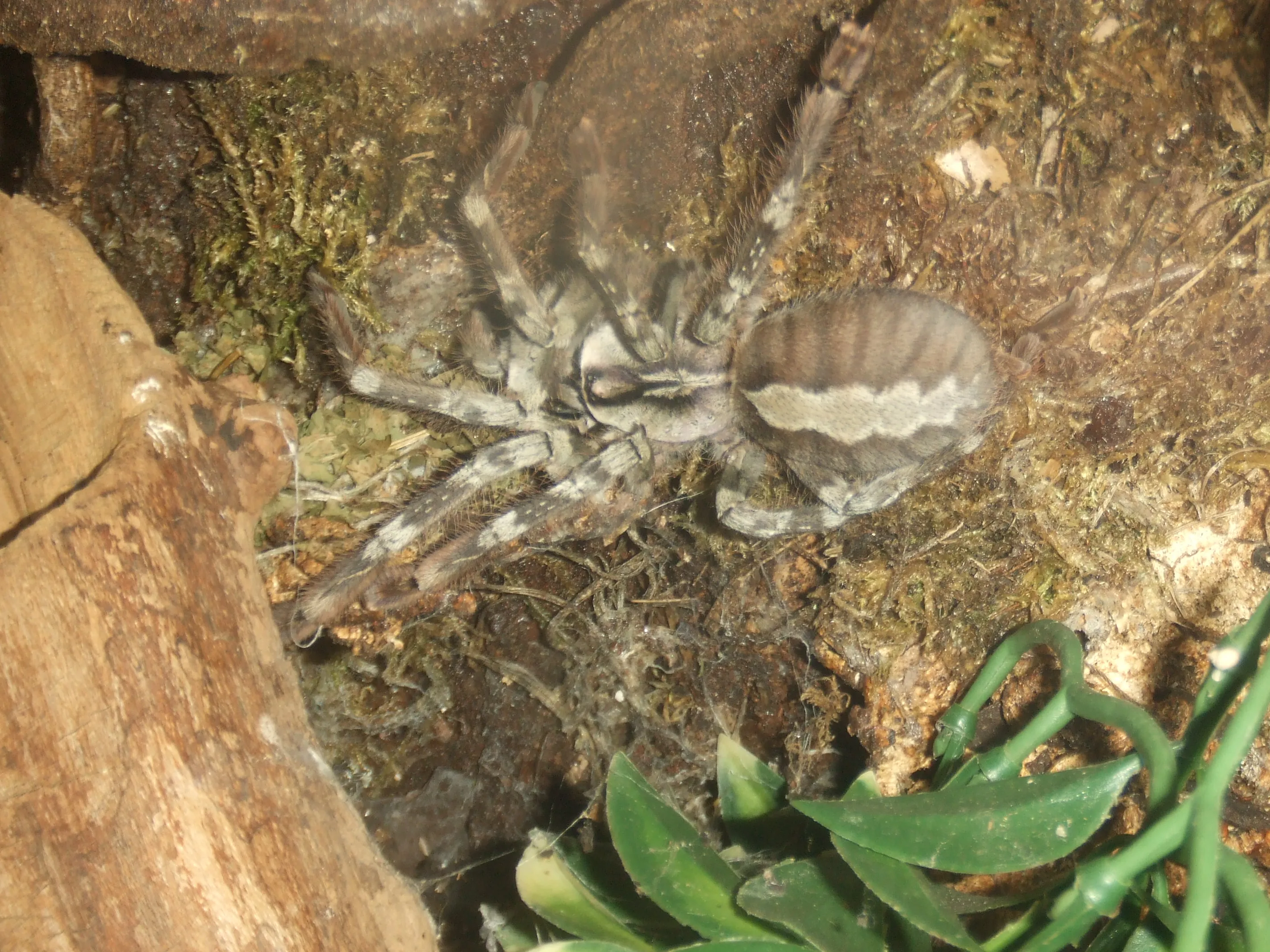
Selecting appropriate prey is a key part of caring for your Vittata Tarantula. The insects you offer should be of a size that the tarantula can easily handle and consume. As a general rule, the prey should be no larger than the tarantula’s body. Crickets and dubia roaches are excellent choices because they are nutritious and readily available. Mealworms are also acceptable but may be less appealing to some tarantulas. Before feeding, gut-load the insects with nutritious foods like vegetables and commercial cricket food. This will provide your tarantula with a more balanced diet. Avoid feeding insects that have been exposed to pesticides or chemicals. Providing fresh, healthy prey is essential for optimal growth and overall health. Focus on the best options for your pet.
Feeding Frequency and Amounts
The feeding frequency and amount will vary depending on the tarantula’s age and growth stage. Slings (young tarantulas) typically need to be fed more frequently, often 2-3 times per week. As the tarantula grows, the feeding frequency can be reduced to once or twice a week. Offer a sufficient amount of prey so the tarantula can eat its fill, but avoid overfeeding. A healthy tarantula will usually eat the prey you provide. Remove any uneaten prey after 24 hours to prevent stress. During molting, your tarantula will likely refuse food. Do not force-feed it. Adjust the feeding schedule based on your tarantula’s appetite and growth rate. Overfeeding can lead to obesity and potential health problems. Provide the right amount of food for the stage of life your pet is in.
Water and Hydration
Providing a clean and accessible water source is essential for your Vittata Tarantula’s hydration. A shallow water dish should be available at all times. Use dechlorinated water, as chlorine and chloramine can be harmful. Regularly refill the water dish and clean it to prevent bacterial growth. You can also mist the enclosure lightly with dechlorinated water to help maintain humidity, especially during molting. Observe your tarantula’s behavior to ensure it’s drinking water. A well-hydrated tarantula will have a plump abdomen. Dehydration can be a serious problem, so be sure to keep your tarantula hydrated. Monitor the water level, and refill it when it is low. Your tarantula depends on you for its water needs.
Handling and Interaction
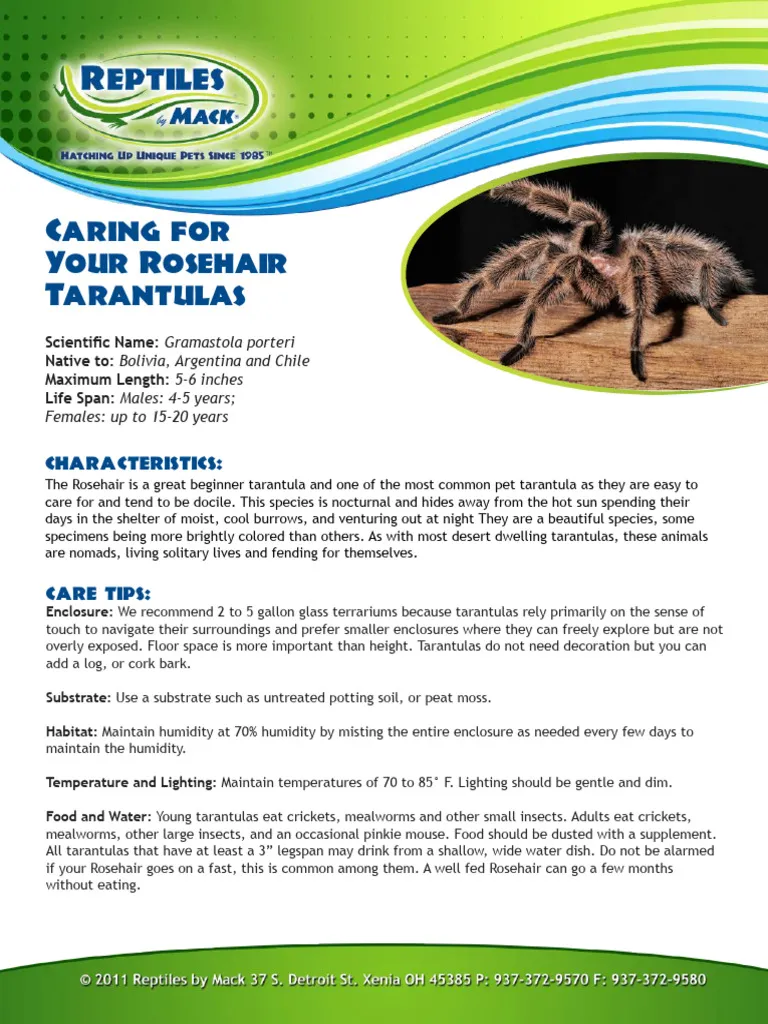
While Vittata Tarantulas are generally docile, it is important to handle them with care and respect. Tarantulas are not typically pets that enjoy being handled, and excessive handling can stress them. If you choose to handle your tarantula, do so with extreme caution and only when necessary. Handle the tarantula over a soft surface, such as a bed or carpet, in case it falls. Never handle a tarantula if you are unsure of its temperament or if it is showing signs of stress. Always wash your hands thoroughly before and after handling to prevent the spread of bacteria or other contaminants. Always be mindful of your tarantula’s behavior, and never force it to do anything it doesn’t want to do. Consider it an exciting adventure.
Safe Handling Practices
If you choose to handle your Vittata Tarantula, follow these safety guidelines. Approach the tarantula slowly and gently. Use a soft, wide brush or a similar tool to encourage the tarantula to walk onto your hand. Avoid sudden movements or loud noises. Keep your hand steady and close to the ground to prevent falls. Be aware of the tarantula’s body language. If it raises its front legs, flicks hairs from its abdomen (urticating hairs), or shows any signs of aggression, do not attempt to handle it. If the tarantula does fall or jumps, allow it to settle and regain its composure before attempting to handle it again. Always supervise children when they are near a tarantula. Handling should be a calm and controlled interaction.
Understanding Tarantula Behavior
Understanding your Vittata Tarantula’s behavior is vital for providing proper care and avoiding potential issues. Observe your tarantula’s activity levels, feeding habits, and overall demeanor. A healthy tarantula will be active and alert, with a good appetite. Changes in behavior, such as a loss of appetite, lethargy, or excessive hiding, may indicate a problem. Learn to recognize the signs of stress, such as defensive postures or the flicking of urticating hairs. Avoid disturbing your tarantula during molting, as it is a vulnerable time. Learn and respond to your tarantula’s behaviors so that you can provide the best care. Pay close attention to the tarantula’s actions to notice subtle shifts.
Common Health Concerns
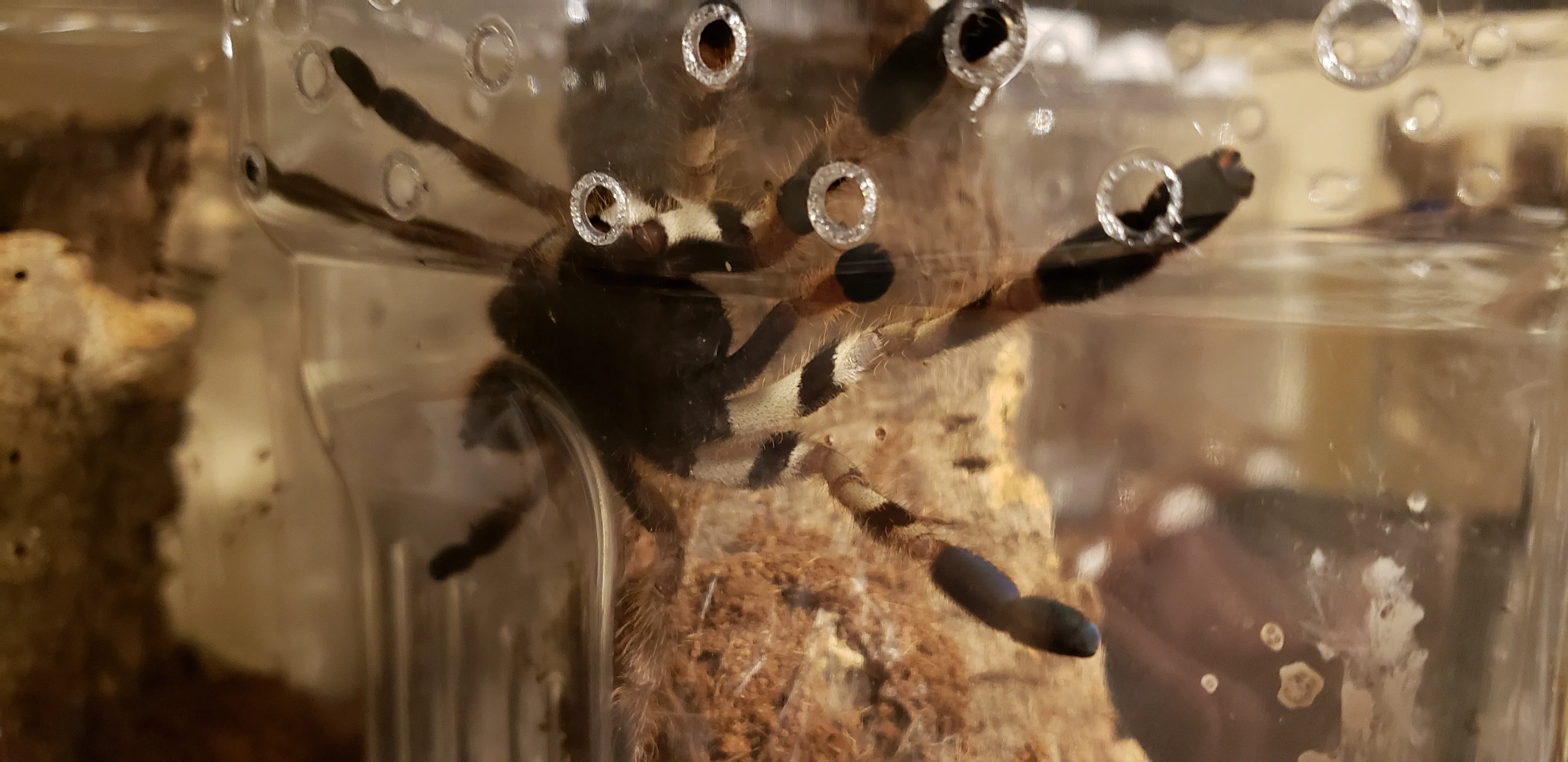
Like all pets, Vittata Tarantulas can be susceptible to certain health issues. Common problems include mites, fungal infections, and injuries. Mites are tiny parasites that can infest the tarantula’s body and enclosure. Fungal infections can occur if humidity levels are too high or if the substrate is not properly maintained. Injuries can result from falls, improper handling, or contact with sharp objects in the enclosure. Providing optimal environmental conditions, a nutritious diet, and proper hygiene can help prevent these issues. If you suspect your tarantula is ill, seek advice from a veterinarian specializing in exotic animals or a knowledgeable breeder. Prompt diagnosis and treatment are crucial for the tarantula’s recovery.
Recognizing and Addressing Issues
Early detection is key to addressing health problems in your Vittata Tarantula. Regularly inspect your tarantula for any signs of illness or injury. Look for changes in behavior, such as a loss of appetite, lethargy, or unusual postures. Examine the tarantula’s body for mites or other parasites. Check the enclosure for mold or other signs of environmental problems. If you notice any signs of illness, isolate the tarantula in a separate enclosure to prevent the spread of potential infections. Consult with a veterinarian or experienced breeder for diagnosis and treatment. Follow the recommended treatment plan carefully, and provide a supportive environment. Always practice good hygiene to prevent the spread of diseases. Proper action on your part is essential to helping your tarantula.
Shedding and Molting
Molting is a natural process in which tarantulas shed their exoskeletons to grow. The frequency of molting depends on the tarantula’s age and growth rate. Young tarantulas molt more frequently than adults. During molting, your Vittata Tarantula will usually become inactive and may refuse food. The tarantula may also lie on its back. Do not disturb the tarantula during molting. Provide a humid environment to assist with the molting process. Once the tarantula has molted, its new exoskeleton will be soft. Avoid handling the tarantula for several days until the new exoskeleton has hardened. Once the tarantula’s exoskeleton has hardened, it may resume its normal activities. Molting is a sign of a healthy and growing tarantula.
Conclusion
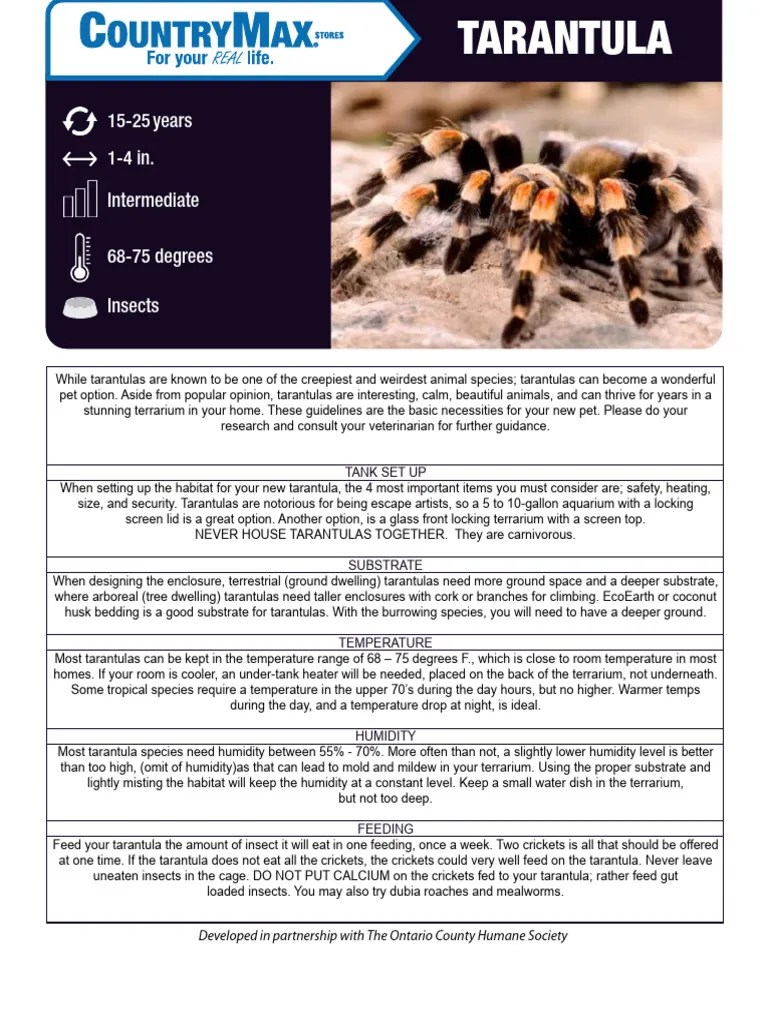
Caring for a Vittata Tarantula can be a rewarding experience. By following this care sheet and understanding the specific needs of your tarantula, you can ensure that it thrives in your care. Remember to provide a safe and comfortable environment, a nutritious diet, and proper handling practices. Regular observation and proactive care will help you recognize and address any health issues early on. With dedication and knowledge, you can enjoy the fascinating world of Vittata Tarantulas and create a long-lasting bond with your eight-legged companion. Enjoy this exciting adventure, and enjoy your pet.
